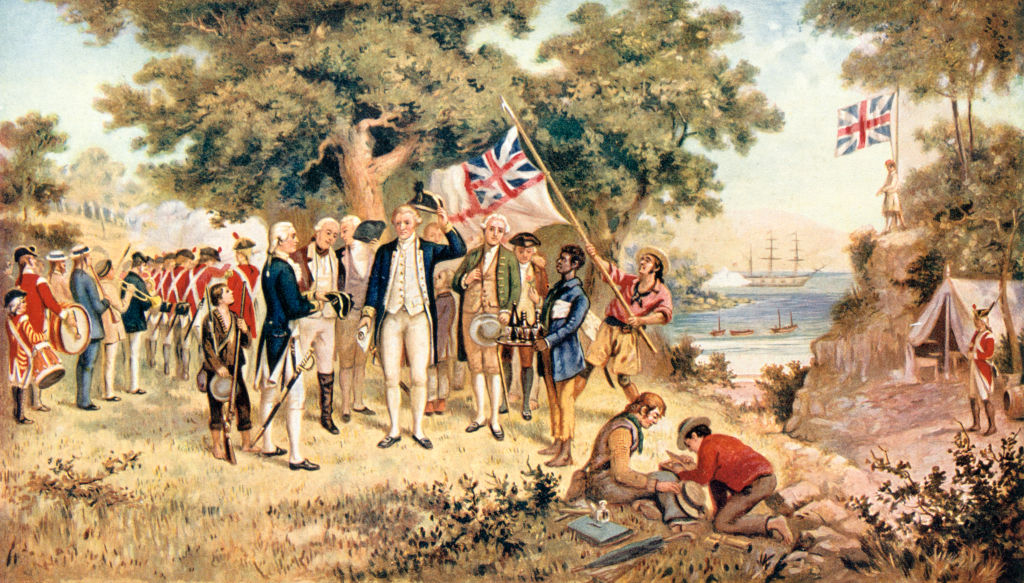During the 17th and 18th centuries, British and then American sailors lived a hard life in rough conditions, often forced to work on military ships against their will. Exposed to the elements and working long days, they obviously needed utilitarian clothing. But in some cases, the clothes available to them came from their deceased peers from the “slop chest.”
And on commercial ships, the ship’s owner could make a small profit by taking the clothes of dead sailors and selling them to new sailors through the slop chest.
The slop chest
The “slop chest” is thought to refer to an old word for baggy pants, “sloppe.” Baggy pants allowed airflow for a sailor but protected from spray. So the slop chest is the one with all the good pants for sailors, pants they would buy from the ship.
So, like other Navy jargon like “scuttlebutt” or “geedunk,” slop chest sounds ridiculous but served a real purpose.
The tradition of the slop chest continues today as small stores on ships where sailors can buy needed necessities, and the store is actually mandated by law on U.S. ships today. Today, the slop chest sells new clothing, tobacco, and comfort items to sailors.
But the earliest slop chests in the Great British fleet were only required to sell clothes or cloth. This was a service to sailors. As they traveled the empire on the commercial or military fleet, their clothes wore out. So, the crown ordered all ship captains to maintain a store of clothes and sell them to sailors.
The empire even enforced rules against price gouging, enforced manufacturing standards, and sent out samples to captains and crews so that they could compare the goods available at foreign ports against the required standard from home.
Sailors often liked the clothes, as the cuts and colors favored shipboard life. They cut sleeves to make it easier to work in rigging. The clothes often had hoods and, later, hats to protect against sun and salt spray. And they featured bright colors like red fabric with gold thread.

Where it gets dark
As historian Craig L. Symonds pointed out in his lecture series The History of the United States Navy on The Great Courses, captains also put the clothes of dead sailors into the chest. And British press gangs forced many sailors into the British fleet.
So, a British merchant sailor ran a huge risk when drunk. If the dice came up the wrong way, a press gang would grab him, force him onto a ship–potentially without his belongings, and he might have to buy a dead man’s clothes to do his new job with his new crew.
Fun.
Worse, the press gang could even grab sailors at work. As Livia Gershon wrote for JSTOR Daily:
Across the British empire, naval officers seized sailors and forced them into service. “Press gangs” boarded ships, marching their crews off to the physical danger, low pay, and terrible food of the navy.
The Role of Navy Impressment in the American Revolution
And, “By one count, pressed men made up 40 percent of the 450,000 sailors who served between 1740 and 1815,” Gershon wrote.
The U.S. Navy used many British traditions when it started, including uniforms and ranks. It never adopted impressment, though it did use a draft repeatedly.
Potential sailors today can rest assured that they will choose whether to serve and whether to wear a dead man’s clothes. No one will force them to buy from a macabre slop chest.


